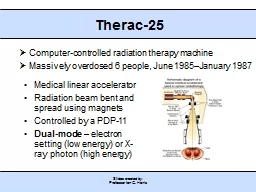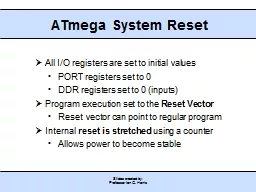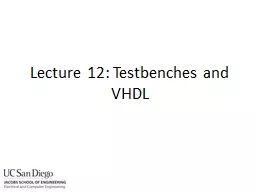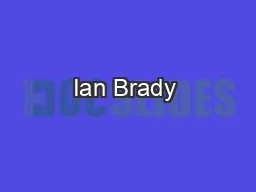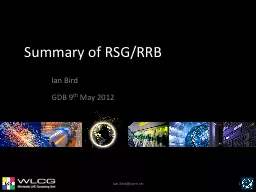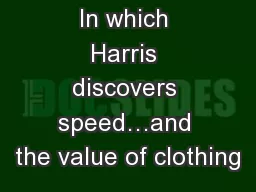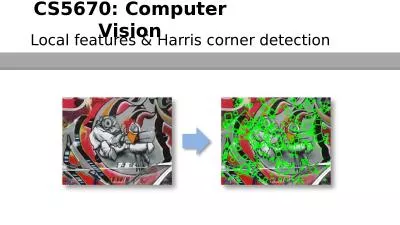PPT-Slides created by: Professor Ian G. Harris
Author : tatiana-dople | Published Date : 2018-02-27
Therac25 Computercontrolled radiation therapy machine Massively overdosed 6 people June 1985January 1987 Medical linear accelerator Radiation beam bent and spread
Presentation Embed Code
Download Presentation
Download Presentation The PPT/PDF document "Slides created by: Professor Ian G. Har..." is the property of its rightful owner. Permission is granted to download and print the materials on this website for personal, non-commercial use only, and to display it on your personal computer provided you do not modify the materials and that you retain all copyright notices contained in the materials. By downloading content from our website, you accept the terms of this agreement.
Slides created by: Professor Ian G. Harris: Transcript
Download Rules Of Document
"Slides created by: Professor Ian G. Harris"The content belongs to its owner. You may download and print it for personal use, without modification, and keep all copyright notices. By downloading, you agree to these terms.
Related Documents

